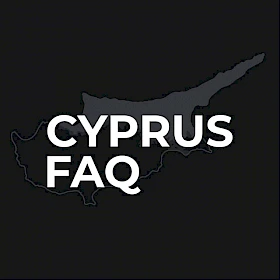Remains of three Late Bronze Age cities discovered on the site of modern Larnaca
Archaeological research has revealed that on the site of modern-day Larnaca in Cyprus, there once existed three settlements during the Late Bronze Age, connected with seafaring and copper extraction. The most well-known is Kition; the other two were located south of the village of Pyla and near the Hala Sultan Tekke mosque.
All three cities were founded between approximately 1600–1050 BC. The excavations are conducted by Cypriot and international archaeological missions. The findings are displayed in the Larnaca Archaeological Museum, and part of them will be exhibited in the future Cyprus Museum.
Excavations at Kition have been ongoing for more than a century; the first documented discoveries date back to the 18th–19th centuries. In 1845, a column of the Assyrian king Sargon II was found (the original is kept in Berlin, a copy is in the Larnaca Archaeological Museum). In 1879, artifacts associated with the goddess Astarte were discovered during the drainage of swamps in the Pampoula area. In 1929, a Swedish mission uncovered a temple from the Classical period in Pampoula. In the Katari and Pampoula areas, remains of sanctuaries, copper workshops, and textile production sites were found.
According to research, one of the cities lost access to the sea as a result of natural processes, leading to the migration of its inhabitants to Kition in the 12th century BC. One of the sites was re-examined in 2023 for a detailed study of its hillside construction.
You may also be interested in:
- Holy relics stolen from a church in Pano Deftera
- Yellow warning in Cyprus due to storm “Adel”
- In Limassol, poachers opened fire and rammed a Hunting Service vehicle: arrest warrants issued
- Cyprus to Launch Emergency Assistance Service for Elderly People
- A 17-year-old, Aliki Nikolaou, died at night on the Limassol–Nicosia highway: the driver was drunk


